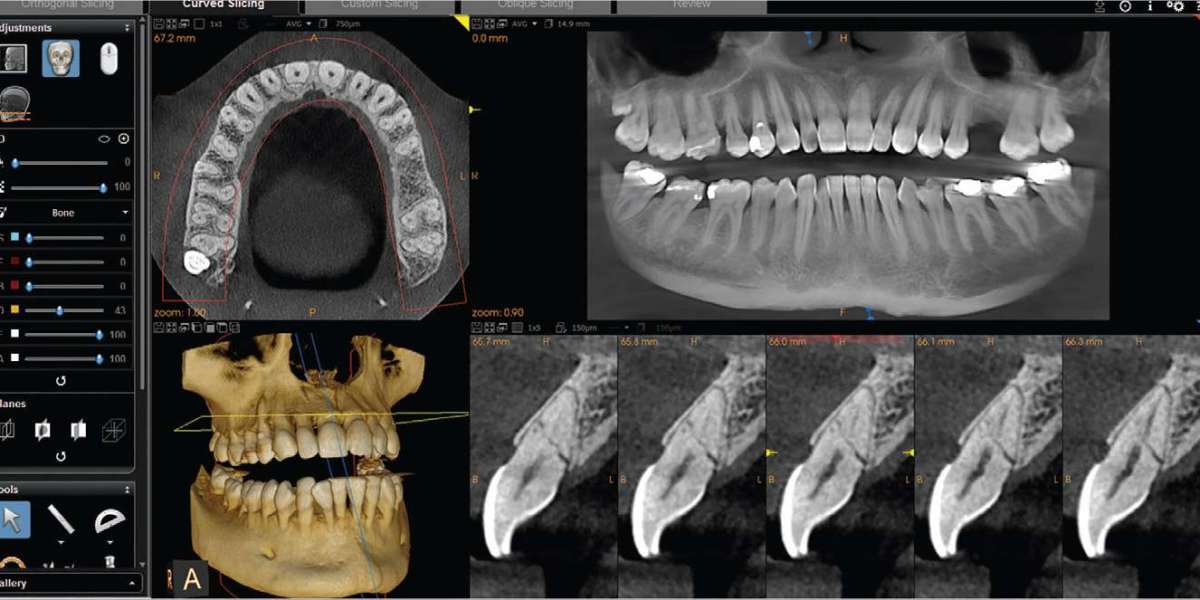Exposing the Accuracy of CBCT Dental Imaging: A Full Overview
As a seasoned healthcare researcher with over a decade of experience, our company is delighted to explore into the world of CBCT (Cone Beam Computed Tomography) Dental Imaging, a game-changing technology that is revolutionizing the profession of dentistry. In this post, we will look at the importance, duration, and most recent improvements in CBCT Dental Imaging.
When is CBCT Dental Imaging Necessary?
CBCT Dental Imaging is deemed necessary in various clinical scenarios, owing to its ability to provide detailed three-dimensional images of the oral and maxillofacial structures. This advanced imaging technique becomes essential in the following situations:
· Complex Dental Procedures: CBCT is crucial for planning and executing complex dental procedures such as implant placements, extractions, and root canal treatments. It allows dentists to visualize the intricate structures and plan their interventions with unparalleled precision.
· Orthodontic Treatment Planning: CBCT aids orthodontists in evaluating the spatial relationships between teeth, bones, and facial structures. This is invaluable for precise treatment planning in orthodontic cases.
· Diagnosis of Pathologies: CBCT helps in the early detection and diagnosis of various dental pathologies, including cysts, tumors, and infections. Its detailed imaging capabilities contribute to accurate and timely intervention.
How Long Does CBCT Dental Imaging Take?
One of the advantages of CBCT Dental Imaging is its efficiency in capturing high-quality images within a relatively short timeframe. The duration of a CBCT scan typically ranges from 10 to 30 seconds, depending on the specific imaging requirements and the machine used. This quick and non-invasive process minimizes patient discomfort while providing comprehensive diagnostic information.
Latest Advancements in CBCT Dental Imaging Technology:
The field of CBCT Dental Imaging is dynamic, with continuous advancements enhancing its capabilities. Some of the latest developments include:
· Ultra-Low Dose Imaging: Ongoing research has focused on reducing radiation exposure without compromising image quality. Ultra-low dose CBCT protocols aim to make the technology even safer for patients.
· Artificial Intelligence Integration: Integration of artificial intelligence (AI) algorithms enhances image analysis and interpretation. AI-driven software can aid in automated identification of abnormalities and streamline the diagnostic process.
· Extended Field of View (FOV): Advanced CBCT systems now offer an extended FOV, capturing a larger area in a single scan. This is particularly beneficial for comprehensive assessments in cases requiring a broader perspective.
· Improved Image Resolution: Ongoing technological advancements continue to improve the spatial resolution of CBCT images, providing clinicians with clearer and more detailed views of dental structures.
CBCT Dental Imaging has become an indispensable tool in modern dentistry, offering unparalleled diagnostic capabilities. Its applications range from intricate surgical planning to early detection of dental pathologies. As a healthcare researcher, I am optimistic about the continuous evolution of CBCT technology, with ongoing advancements making it safer, faster, and even more precise for the benefit of both clinicians and patients.







